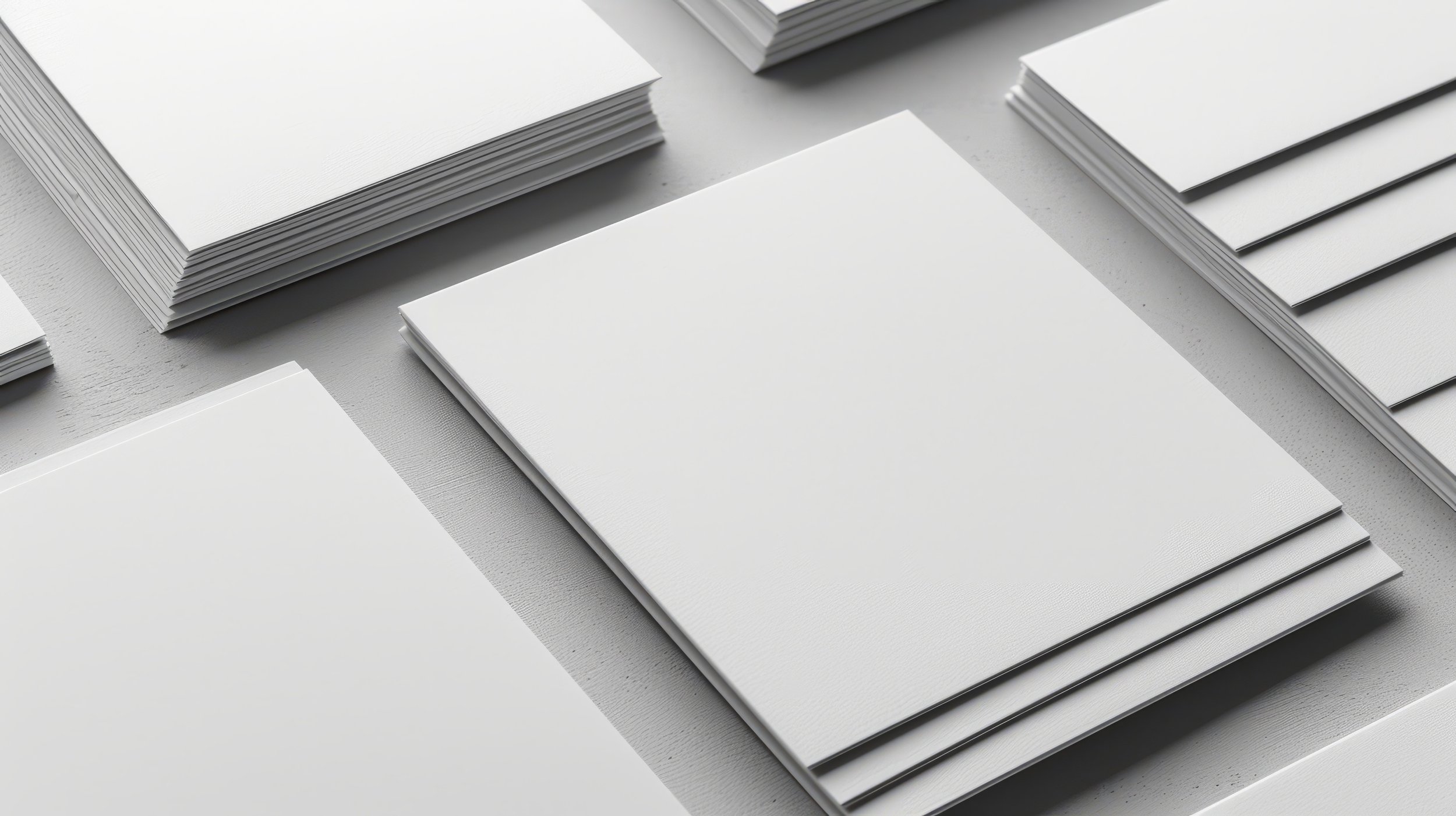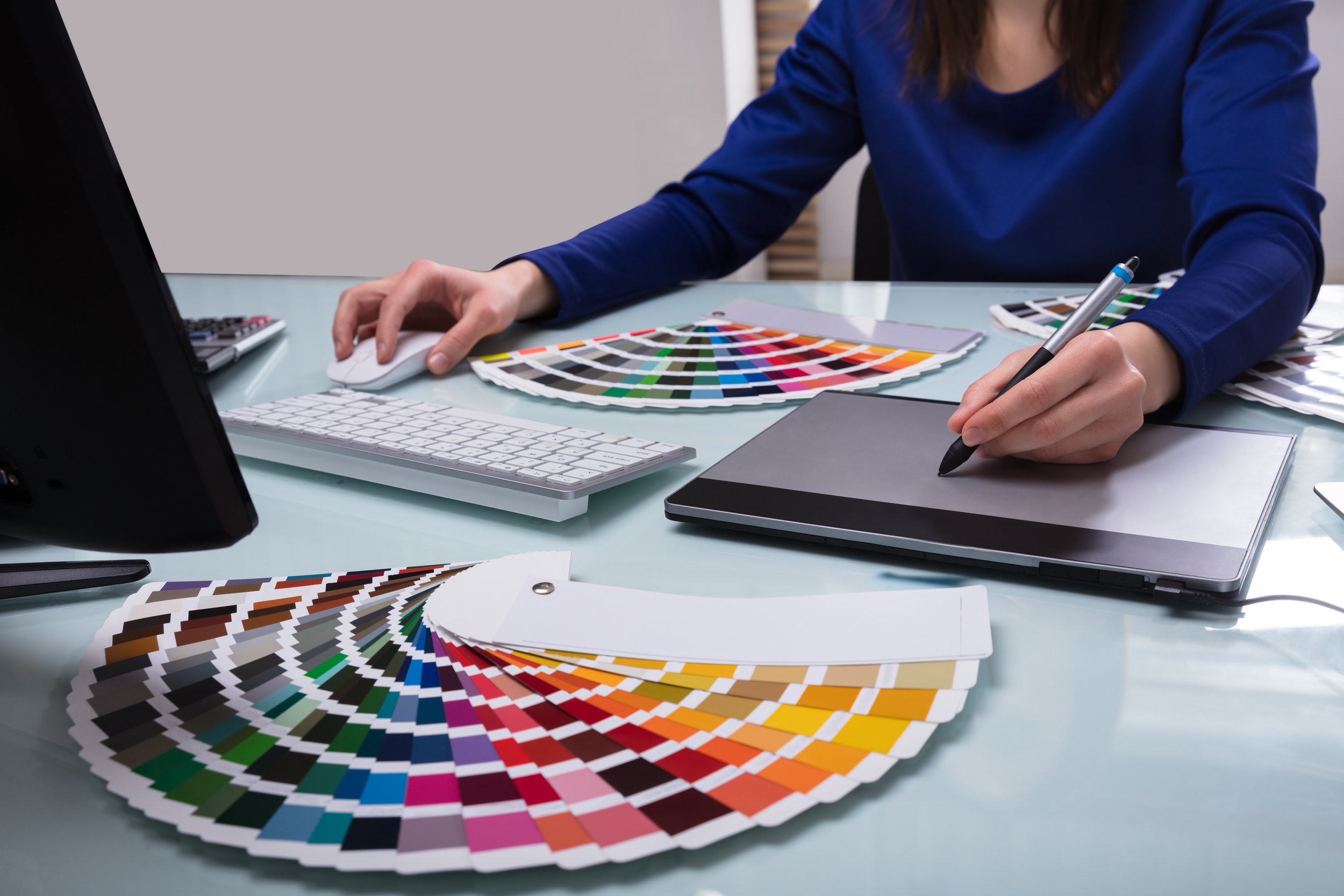
Design
From substrates to specialty finishes.
Creating impactful packaging.
What You Need to Know About Packaging Design
Design plays an essential role in the success of any package. From the stock type and specialty finishes to coatings and artwork, every component contributes to both the visual appeal and functionality. This chapter introduces the key features you need to consider when creating your packaging.
Design Aspects
to Consider
These aspects not only influence the look and feel of the package but also its functionality, durability, and overall consumer experience. Understanding these aspects is key to turning your design vision into reality.
Stock
Type
Specialty
Finishes
Specialty Structure Features
Specialty Coatings
Graphics/
Artwork
Choosing the
Right Stock Type
The end use and weight of your product will help determine the best stock for your packaging. SBS (Solid Bleached Sulfate) and CRB (Coated Recycled Board) are common options, each with unique properties suited for different applications.
Enhancing Packaging with Specialty Finishes
Specialty finishes like gloss, embossing, and hot foil stamping help highlight design elements. For example, gloss can bring attention to specific areas, while embossing adds tactile depth. Understanding the limitations, such as avoiding high gloss for thin text, can ensure a successful outcome.
Structure features enhance packaging functionality and usability. Internal dividers protect fragile products, hang tabs support retail display, and tamper-evident locks provide added security. These features are designed to improve both safety and practicality, tailored to the specific needs of the product.
Specialty Structure Features
Specialty Coatings for Packaging
Coatings like matte varnish, soft-touch, and gloss can completely change the feel and look of your packaging. Each coating serves a different purpose—whether it’s making the packaging more durable or adding a luxurious finish.
Graphics and Artwork: Bringing Your Design to Life
With up to 8 ink units and two coating units available on our litho presses, you have the flexibility to create stunning designs. Follow our art guidelines to ensure bleeds, type safety, and ink density are properly managed. Jones Healthcare Group offers in-house prepress services to assist in refining your artwork and ensuring it’s ready for print.
Printing
Technologies
Packaging printing technology plays a crucial role in the final product's appearance and performance.
Jones Healthcare Group offers both lithographic (litho) and flexographic (flexo) printing options,
each suited to different packaging needs.
Litho Printing for Cartons and Board
Litho printing offers precision and flexibility for high-quality carton packaging. At Jones Healthcare Group, we operate three litho presses capable of printing up to 8 ink units and two coating units. This allows for a wide range of colours and finishes, ideal for detailed and vibrant packaging designs. For instance, you can print in up to 8 colours, including CMYK and additional spot colors.
It’s important to note the difference between varnish and coating in litho printing. Coatings, such as waterbase or UV, are applied using a blanket and don’t count as ink stations, while varnishes are applied by a printing plate and take up one of the ink units. For example, if a carton requires a matte varnish, only 7 ink units remain available for color printing. Understanding these technicalities ensures your design is executed as planned.
Designers should follow specific art guidelines for litho printing, including proper bleeds, type safety, line thickness, and ink density, to ensure optimal results. Additionally, litho printing offers the option to print on the inside of the carton by routing the board through the press in a second pass, without affecting the ink units used for the outer design.
Flexo Printing for Labels
Flexo printing, ideal for pressure-sensitive labels, is highly versatile and can accommodate up to 10 ink stations for single-ply labels. Unlike litho, flexo presses do not differentiate between ink and coating stations, so coatings count toward the total available stations for your design. For multi-ply labels, 9 stations are available, with specific stations designated for certain coatings that cannot be altered.
Flexo printing has a larger tolerance for movement, meaning the printing plates may shift slightly, which can affect color registration. For this reason, it’s recommended to avoid reverse (white) text surrounded by multiple colors or positive text made from multiple colors. Spot or single inks are preferred for text to maintain sharpness and clarity.
As with litho printing, there are art guidelines for flexo that need to be followed, including minimum dot size, barcode size, line thickness, and type size, to ensure quality and consistency.
Art Guidelines for Flexo Press:
Minimum dot size
Minimum barcode dimensions
Line thickness
Type size
Additional design considerations
Learn more about printing specs!
Get the full litho and flexo specifications guide.
Ready to Bring Your Design to Life?
Whether you're ready to create your next packaging design or need guidance on your artwork, our team is here to help. Reach out to learn more about our design and printing services.
Keep exploring
Structure
Design
Labels
Sustainability
Extended Content













